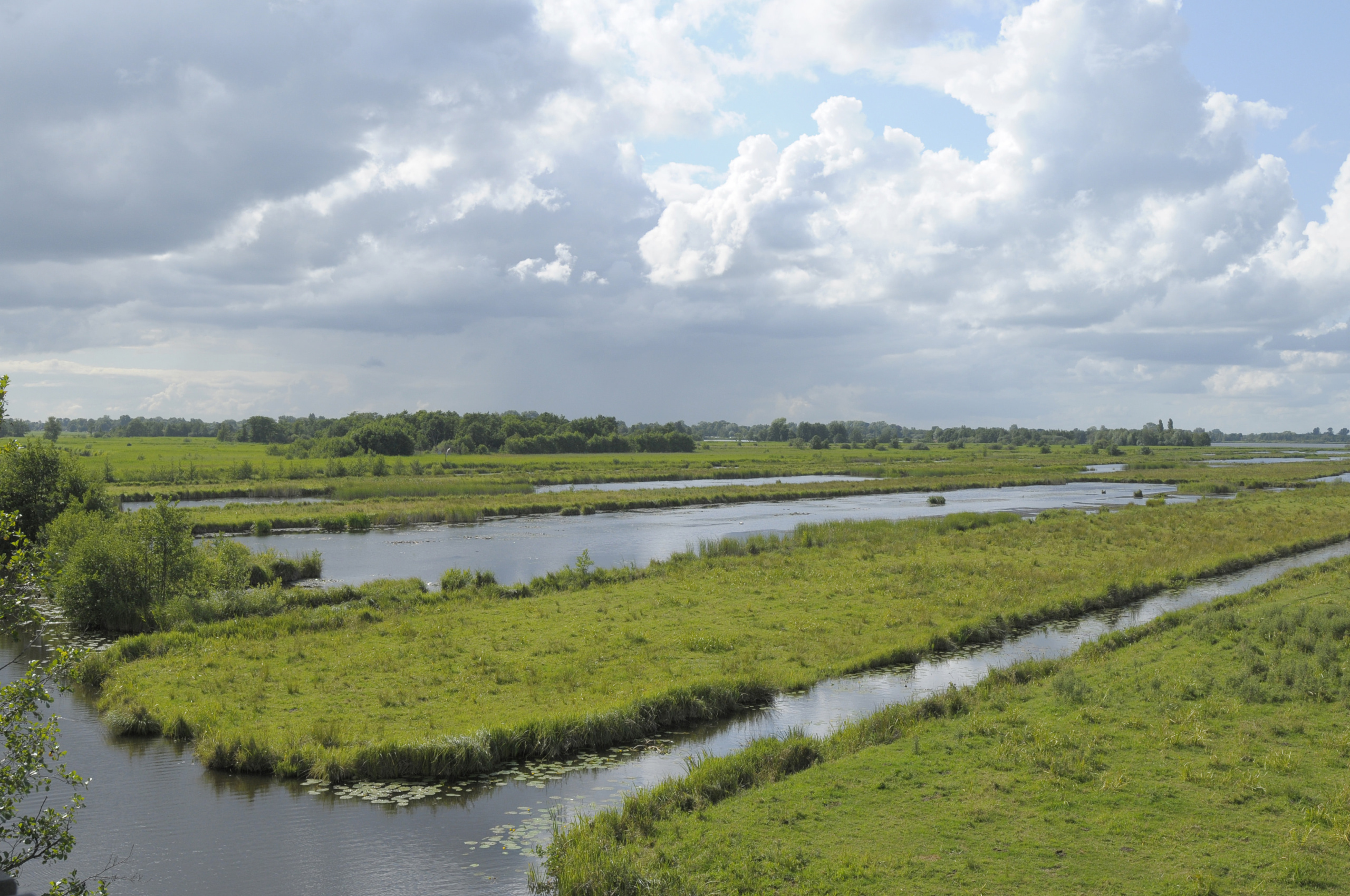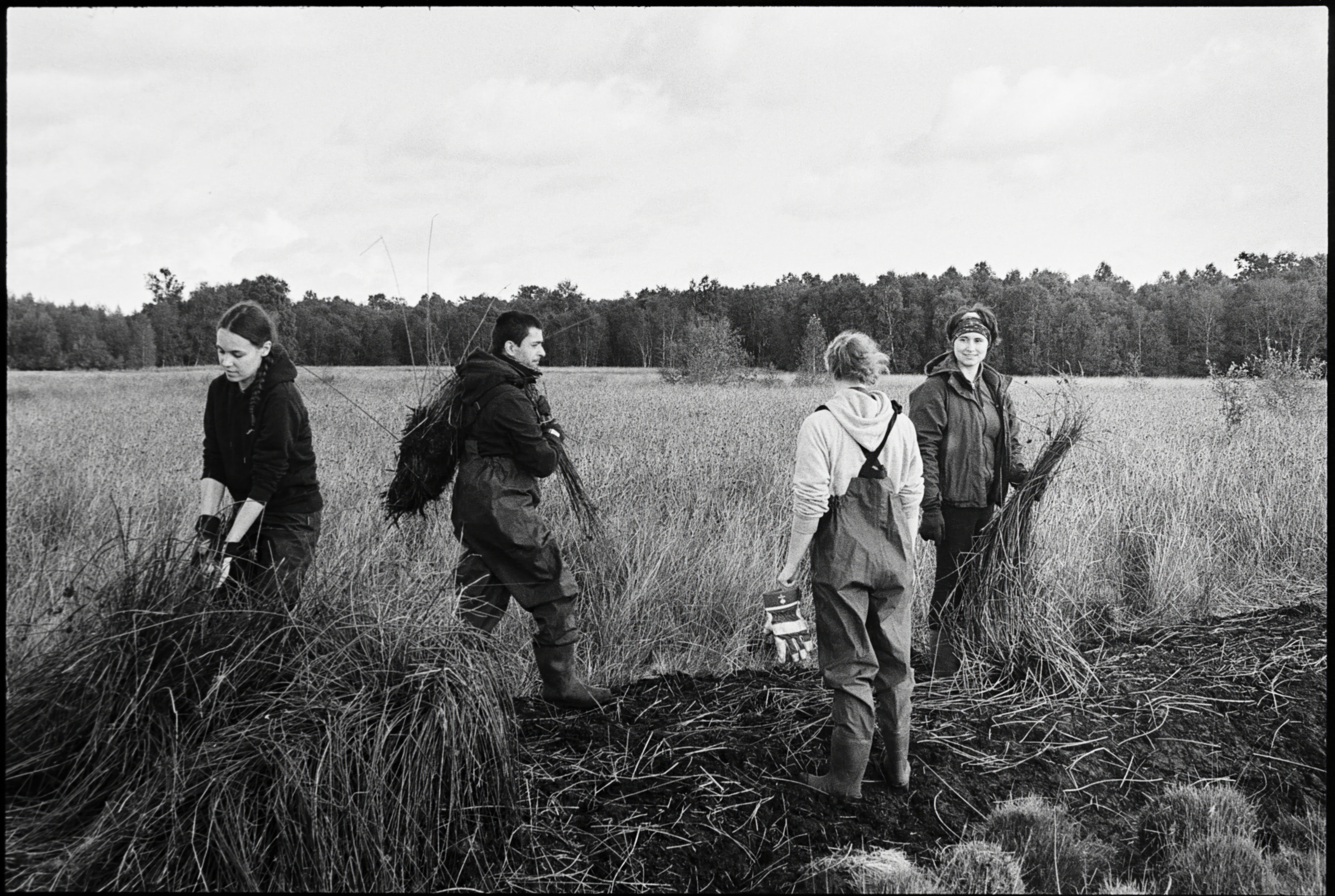Building a European Peatlands Alliance
Establishing a robust and long-term European alliance of national governments and stakeholders, united for peatland climate action, exchanging knowledge on national peatland strategies, peatland research and peatland conservation and restoration actions.
Agriculture Carbon Removals and Sinks Peatlands

Project info
-
11/22 - 04/25
EU institutions, National governments, Non-governmental organisations, Private sector
607,999.17 €
Contact info
Marina Skunca
- CEEweb for Biodiversity
- European Landowners’ Organization (ELO)
- Michael Succow Foundation
Background
Peatlands are indispensable ecosystems in the fight against global warming. Healthy peatlands can be the most space-efficient long-term carbon store in our planet’s terrestrial biosphere with an ability to store twice as much carbon as all forests worldwide. However, peatlands in Europe are massively degrading, which is why the continent counts as one with the largest peatland losses. It is imperative to work collaboratively – on a European (EU) level and together with the United Nations Environment Programme (UNEP) – to help them recover. This can only be achieved by incorporating an already formulated approach on EU level, that targets not only drained agriculturally used peatlands but also peatland areas used predominantly for forestry or peat extraction.

Project
The project “Building the European Peatlands Initiative: a strong alliance for peatland climate protection in Europe” brings together representatives of national governments, scientists, environmentalists, private landowners, and farmers to exchange knowledge in workshops and networking events. It builds up a network that spans across Europe: The European Peatlands Initiative, which works closely together with the Global Peatlands Initiative by UNEP. On the one hand, the project assists decision-makers with detailed up-to-date data as well as best practice approaches. On the other hand, it supports farmers and private landowners through customised workshops and tutorial videos in their own languages. As a result, peatland-rich countries– especially in Central and Eastern Europe – develop increased institutional capacities to tackle the peatland loss and on-site practitioners and land-users receive the education to foster sustainable, drainage-free, and rewetted peatlands. Hence, each party plays a concrete role depending on their interests and responsibilities in helping peatlands recover and become sustainably managed.
Last update: July 2024
